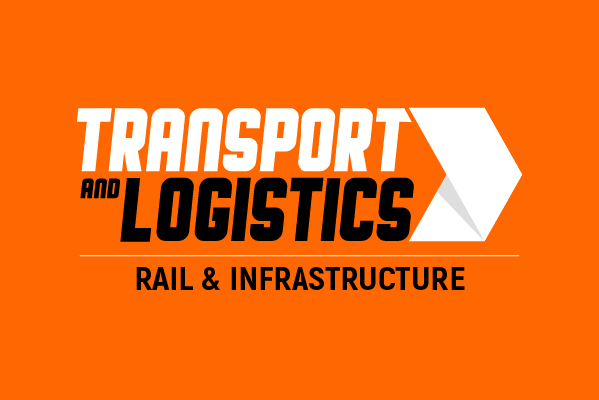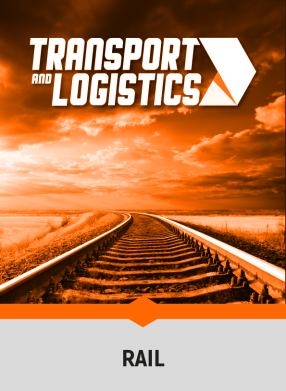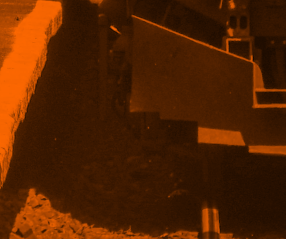‘If you want to work in the railway industry, you have a job for life.’ Sir Peter Hendy on the future of Britain’s railways.
Sir Peter Hendy, Chairman, Network Rail addressed over 200 leading rail professionals at The Chartered Institute of Logistics and Transport’s (CILT) annual Rail Lecture in London last night. He covered what the future holds for Britain’s railways; innovative approaches to funding and the mission to attract and retain a diverse and talented workforce.
Sir Peter Hendy, who is also a Vice-President of CILT, told those in attendance that there is a ‘job for everybody in the new railway industry.’ He spoke of the importance of our railways to the national economy and emphasised the significance of the railway in delivering growth in jobs, housing and the economy.
‘Rail has seen its fastest level of growth since the Victorian era – so I have a very optimistic view on the future of Britain’s railways,’ stated Sir Peter. However, he was clear that the industry can do more to champion its contribution to UK plc. He said: ‘The amount of senior people in the industry who can talk about why the railway is good and why you should invest in it is slim.’
For Sir Peter, the railway has to be run like the tube. ‘We have the most congested railway in Western Europe, but this is not a bad thing – we just need to fix it.’ He continued: ‘I think digital railway signalling is inevitable on the larger rail network, we did it on the Underground simply to fit more trains.’
With recent changes in funding structure and budgets Sir Peter asked the question: ‘who will pay for the railway?’ He continued: ‘The result of a fixed treasury cap is that money is now tight, and some of the projects have been reserved, we are now selling assets to the tune of £2 billion and the doors have shut on never ending debt.’
Sir Peter spoke of his time at Transport for London (TfL) and the initiatives in place to fund large scale developments. ‘At TfL some of the projects are paid for by third parties who want it to happen. People put money into projects because it’s good for them.
‘We don’t do projects for the sake of the railway; they must be ranked by their contribution to the economy. It’s not unreasonable to ask for people who will benefit from these projects to contribute, it should not just be the local authorities, it should be the people who stand to gain from the railway development; property developers, people who create jobs and the supply industry. People can now say: “I want a better railway and I can pay for it.”’
Sir Peter also offered his thoughts on how to attract and retain a diverse and talented workforce. ‘With a digital railway, we also need to develop new skills and we need to encourage a more diverse workforce.’
However, for Sir Peter, the industry is failing to do this: ‘The industry has historically been seen as not attractive because we do not explain what it is doing and where we are going. The rail industry is slower than others in attracting a diverse workforce because we fail to communicate that we are an industry of growth. We fail to get the positive media coverage; we are not a load of old dull blokes in the corner – we are a central part of the way this nation lives and functions.’
For Sir Peter we should be communicating that we are a great industry to work in and that ‘if you want to work in the railway industry, you have a job for life.’
The lecture was held in conjunction with the Railway Engineers Forum (REF). REF is a multi-disciplinary body drawn from professional institutions with strong railway interests.











